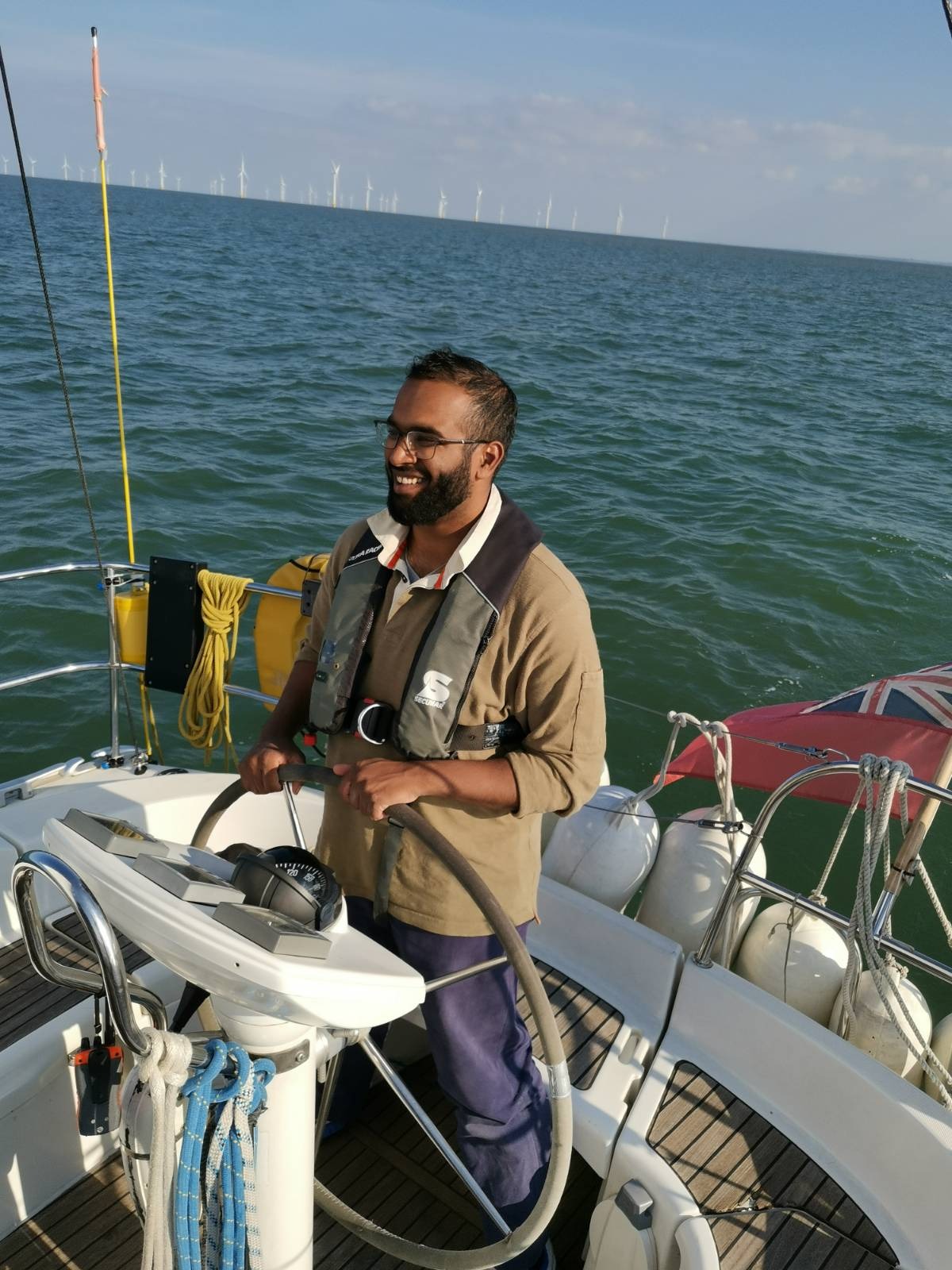
Sailing’s always been something I’ve been interested in, and post-Covid-lockdown I finally got around to doing a lot more of it. Many things appeal to me about it: there is nothing quite like being in the middle of a large body of water gliding forward with no racket from an engine; with just the sound of the waves and the wind. However, the history of it appeals to me just as much, especially since the history of sailing is so closely tied in with the history of science.
Much of the development of physics in the 17th and 18th centuries owes itself to the sailors needing to be able to work out where they were and what the weather was going to be doing. This is the physics of the ‘age of discovery’ (or, less charitably, the final centuries of the age of slavery); quite different to the 19th century physics of the industrial revolution.
The need to work out where they were lead to the development of astronomy (or, really, the re-development of astronomy – every ocean-going society since the dawn of agricultural civilisation eventually rediscovered astronomy). Eventually it was discovered that astronomy can only tell you how far north or south you've gone, not how far east or west. This was the ‘longitude problem’ and its solution lead to the development of accurate time-keeping: metrology. Newton, thinking on the astronomy developed first by Gallileo and (in his time) culminating in Kepler’s Laws wrote down the equations of gravity and developed his Laws of Motion, which are still the basis of all physics we do (even the weird quantum stuff).
By going out on a sailboat, calculating some tides, looking at the clouds and a barometer, and maybe even taking a measurement on a sextant, you get a real sense of why these fields of science were so important to those people who had to go out and do this sailing stuff for a living. It also makes you appreciate GPS a bit more.